Beyond natural conditions it is the institutional setting that determines how landscapes are used. The institutional setting encompasses governance frameworks at multiple political levels including a multitude of public, private and societal actors.
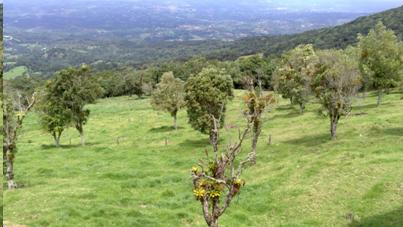
Photo IUFRO (Costa Rica)
However, after years of recognizing the need for coordinated multilevel governance, we have failed. To move forward, we need to think about why we have failed and, from there, develop a new architecture consistent with this explanation.
Obviously, complex multilevel governance of landscapes brings an increasing diversity of actors with different values to the table, with the intersection of state and private, global to local, across multiple sectors each focused on different problems and policy instrument preferences, creating challenges for coordination within the systems of power that result.
Read more…
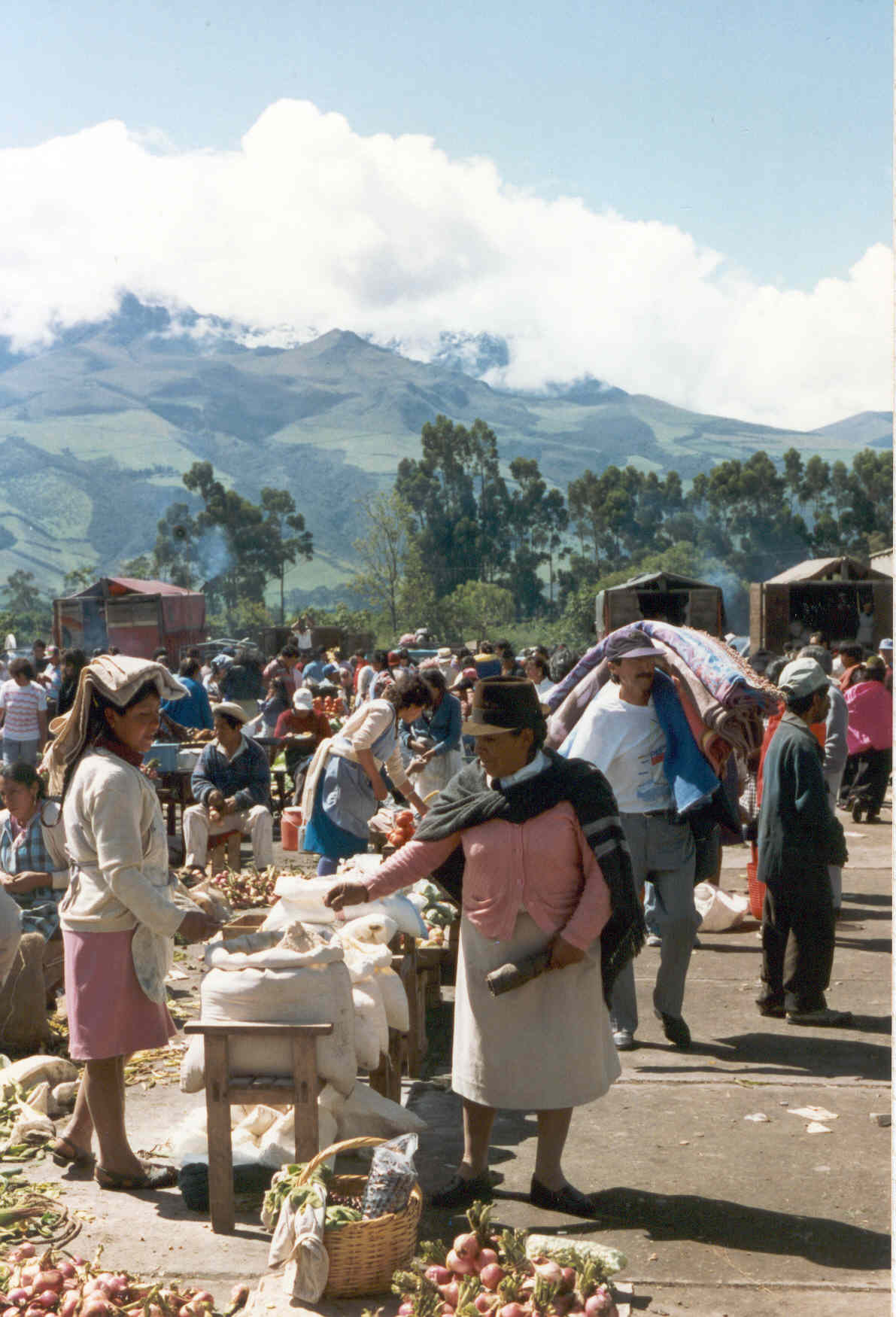
Food Market in Machachi, Ecuador (Photo by IUFRO)
Forests play a major role in achieving Millennium Development Goal 1 to eradicate extreme poverty and hunger and in striving for food security. Globally, millions of people depend on forests for their food security and nutrition, directly through the consumption or sale of foods produced in forests, indirectly through forest-related employment and income, forest ecosystem services, and forest biodiversity.
Current approaches to increasing food security tend to concentrate on agricultural solutions, ranging from intensification of agricultural production outside of forests to promoting agroforestry systems. Policy recommendations to establish a framework for promoting food security from forests, however, have so far been rather general and no framework addresses the relationship between forests and food security directly.
The “International Conference on Forests for Food Security and Nutrition”, held at FAO Headquarters in Rome in May 2013, inter alia conveyed the key message that forests, trees and agroforestry systems demand greater attention in strategies for food security and nutrition and in the fight against hunger. It also called for improved data collection at national and international levels.
Read more…
Report from the IUFRO 2013 Conference on Future Directions of Small-scale and Community-based Forestry, Fukuoka, Japan, 8-13 September.
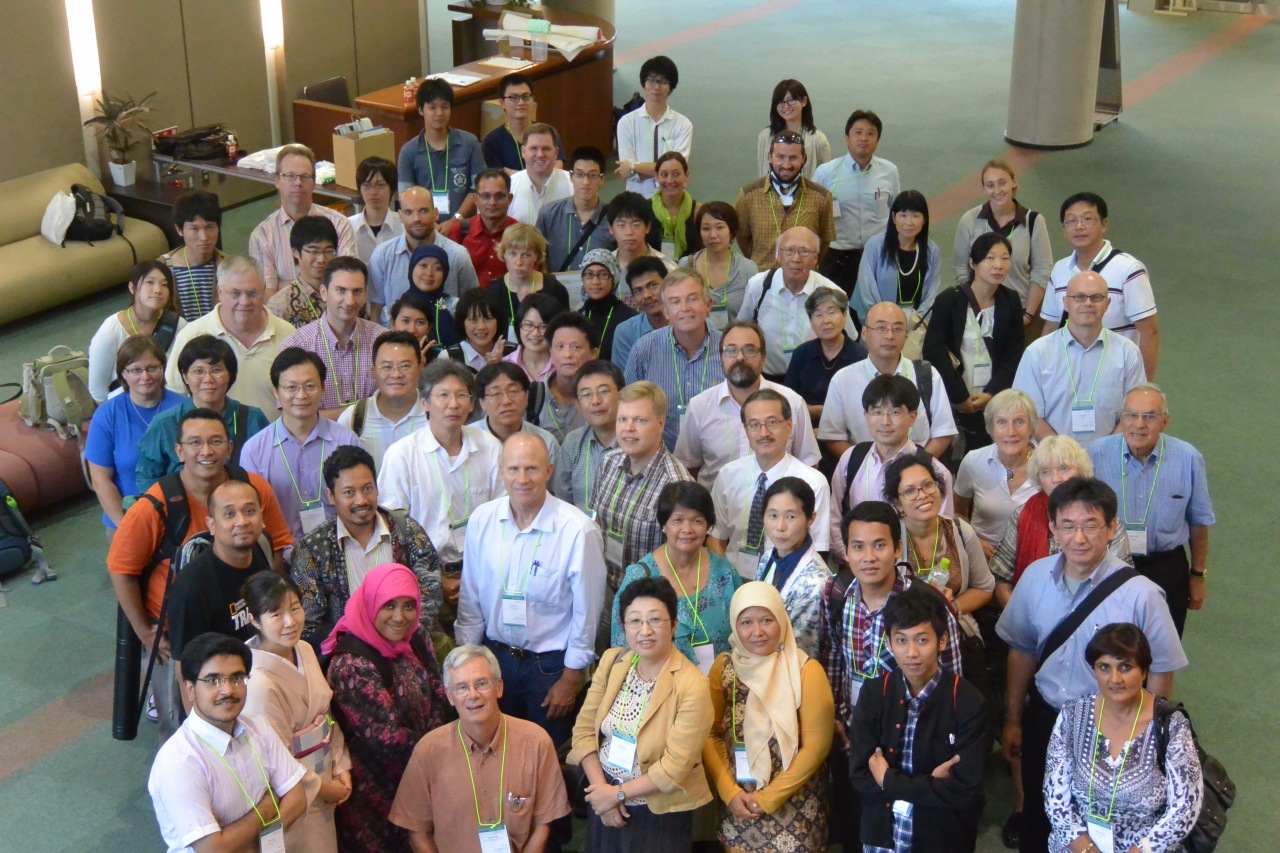
Participants at Fukuoka Conference (photo by Kimihiko Hyakumura)
Community-based forestry and small-scale forestry are of key importance for sustaining sound forest management in both developed and developing countries. Small-scale forestry provides important environmental protection, landscape conservation and rural development benefits as well as timber production in many countries. However, small-scale forestry faces major challenges in developed and semi-developed countries, especially associated with aging, declining birthrates, depopulation, and unemployment in rural districts.
In many countries, small and fragmented forestland ownership is quite common. In some countries, communal forest ownership as a residue from feudal eras is still alive and has been managed by rural communities.
Read more…
All year round, IUFRO (www.iufro.org) scientists hold or participate in meetings to present results and exchange knowledge in all fields of research related to forests. Quite recently, only a short time before the Global Landscapes Forum in mid-November on the sidelines of the Warsaw Climate Change Conference, IUFRO scientists were again discussing issues of great relevance to this upcoming event, namely at the:
1st International Symposium on Afforestation of Pastures in Subtropical Regions
Read more…
All year round, IUFRO (www.iufro.org) scientists hold or participate in meetings to present results and exchange knowledge in all fields of research related to forests. Quite recently, only a short time before the Global Landscapes Forum in mid-November on the sidelines of the Warsaw Climate Change Conference, IUFRO scientists were again discussing issues of great relevance to this upcoming event, namely at the:
RegioResources (RR) 21-2013 conference: A cross-disciplinary dialogue on future perspectives for a sustainable development of regional resources
Read more…
Planted forests’ roles: Different strokes for different oaks
PDF for download
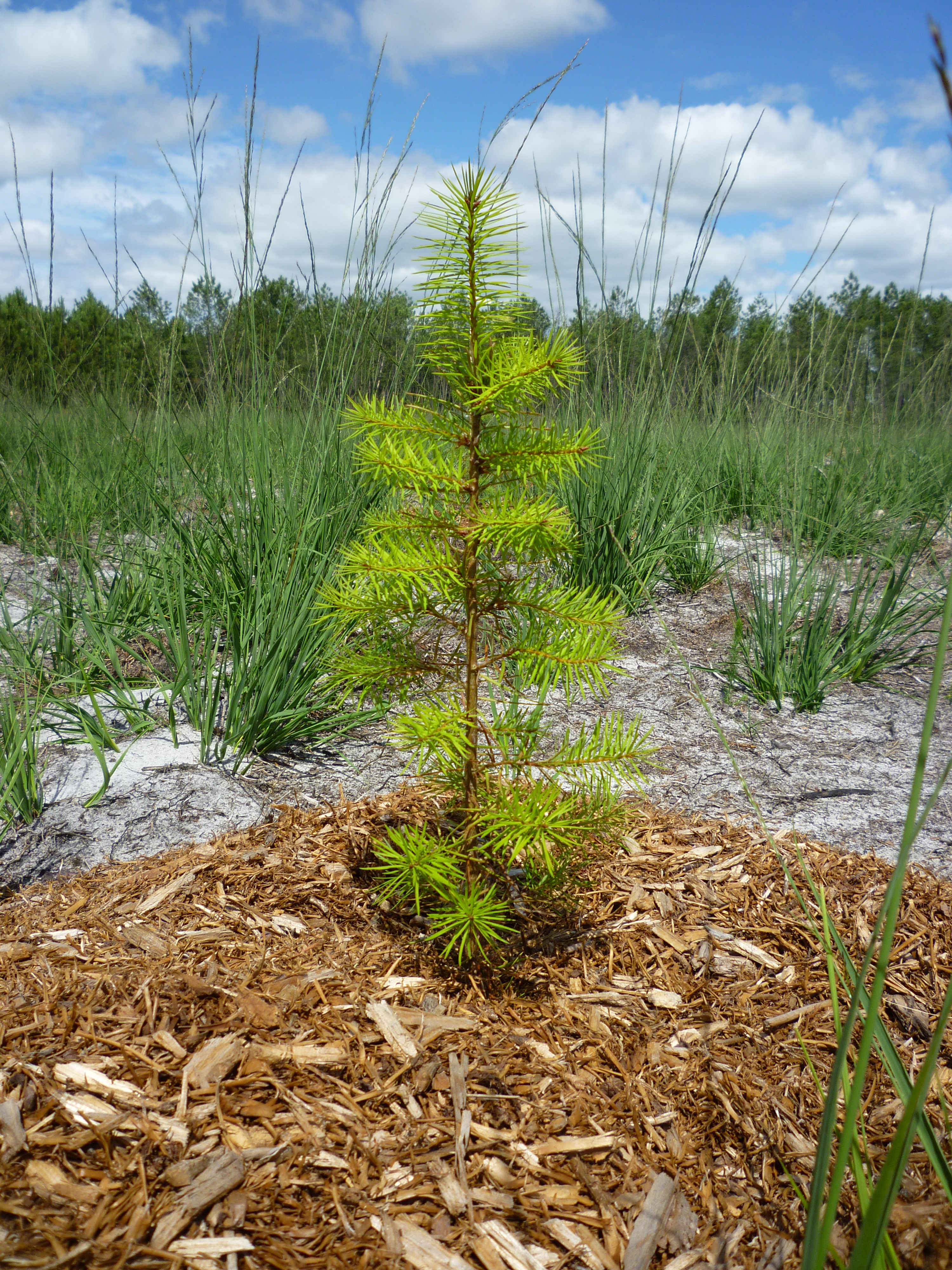
Maritime pine in its early stages of plantation (photo by Stephanie Hayes, EFIATLANTIC)
Planted forests are vital but vulnerable resources that can contribute in a sustainable fashion to some of humanity’s most pressing needs – poverty alleviation, food security, renewable energy, mitigation of and adaptation to climate change, and biodiversity conservation – as well as the preservation of natural forests.
These are among the findings in the recently published Summary Report of the 3rd International Congress on Planted Forests. It is based on outcomes from three scientific workshops and a plenary meeting that took place earlier this year.
Thirty-three countries have greater than 1 million hectares of planted forest area. Together these countries comprise 90% of the world’s 264 million hectares of planted forest which, in turn, equals almost 7% of the total global forest area. The report takes into account key research findings from Africa, Asia, Europe, Oceania, Latin America and North America related to vulnerability, viability and governance of planted forests.
Read more…
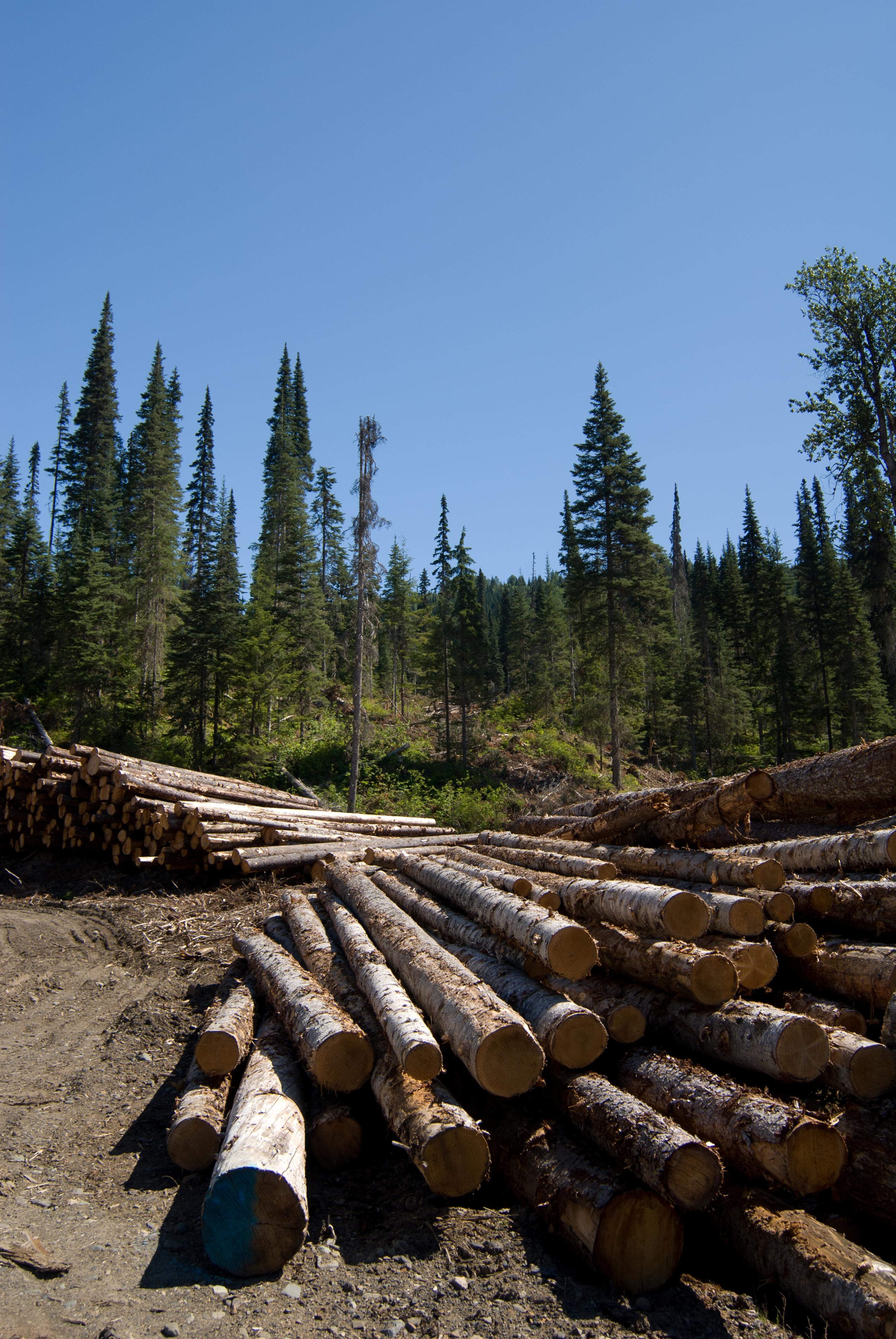
Logging operations in Northwest British Columbia, Canada (Photo by John Innes)
Scientists, practitioners and decision-makers from around the world meet in Vancouver, Canada from 27 to 30 August 2013 to discuss the implications of globalization on forests and their management.
PDF of Press Release for download
(Vancouver/Vienna, 27 August 2013) Globalization is changing forests and the forest sector. Increases in international trade and investments have altered the global business environment for forestry. The growing world population moving towards nine billion by 2050, economic growth, rising resources demand and increasing environmental concerns are other drivers fostering transformation in forestry and the management of forests. New players enter the global market, and the bio-economy –– the production of ‘green’ products from renewable resources –– is gaining weight. From 27 to 30 August 2013, more than 100 representatives from research, industry and government will discuss how global trends influence forest resources, and how new opportunities for forest entrepreneurs and a more resource efficient society can be harnessed. The Conference has been organized by the University of British Columbia (UBC), Faculty of Forestry, on behalf of the Task Force “Resources for the Future” of the International Union of Forest Research Organizations (IUFRO).
Read more…
 XXIV IUFRO World Congress
XXIV IUFRO World Congress
“Sustaining Forests, Sustaining People: The Role of Research”
Salt Lake City, Utah, USA: October 5-11, 2014
http://www.iufro2014.com/ – http://www.iufro.org/events/congresses/2014/
CALL FOR ABSTRACTS
PDFs for download:
Call for Abstracts – Llamado para enviar resúmenes – Appel à la soumission de résumés
Description of Congress Themes and Sessions
Read more…
Wildfire projected to spread like, well, wildfire
PDF for download
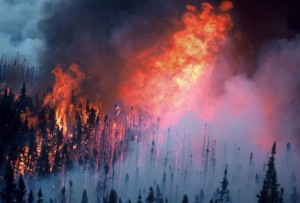
Boreal wildfire, Saskatchewan, Canada (Photo by Bill de Groot, Natural Resources Canada – Canadian Forest Service)
A recently published study: Global Wildland Fire Season Severity in the 21st Century, indicates that in coming decades, conventional approaches to wildfire management may no longer be effective.
It appears in a Forest Ecology and Management journal special issue entitled The Mega-fire reality, published by Elsevier. The study is a first global review that shows the extent of the increasing length of the fire season and the increasing fire weather severity.
Read more…
In addition to the original Spanish version of the Congress resolutions, an adapted translation into English has now been released.
Read more…







